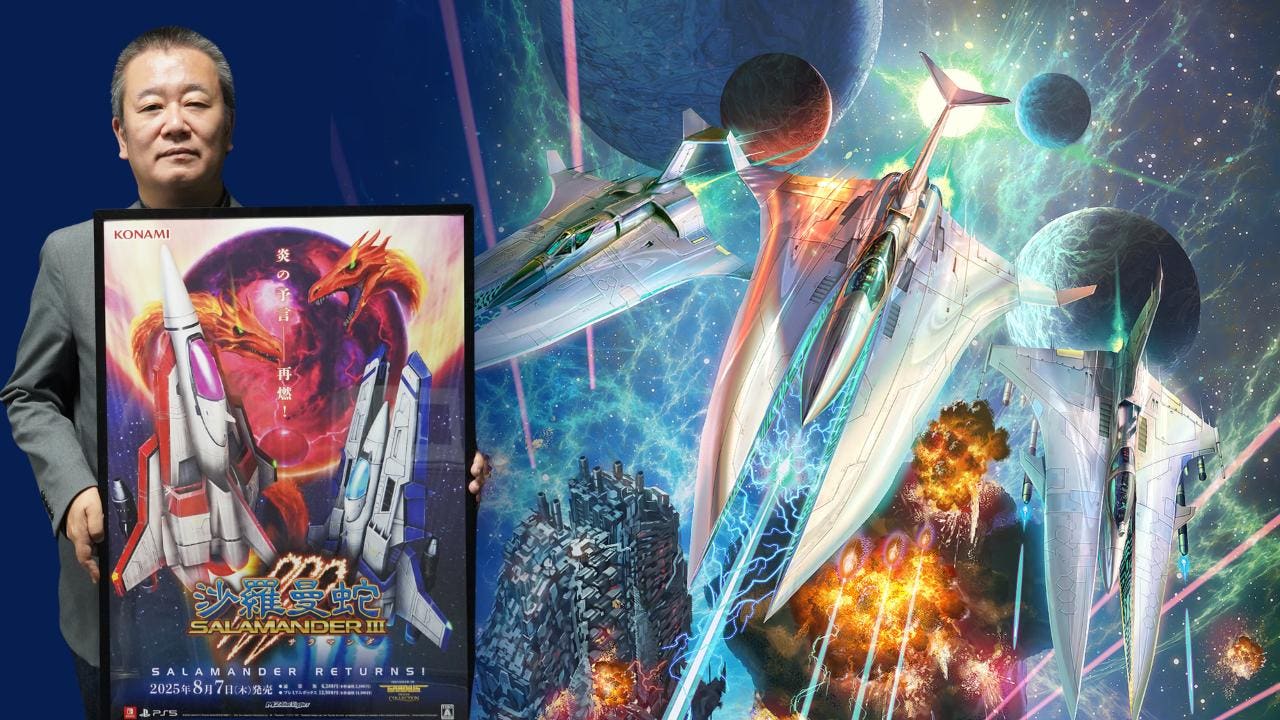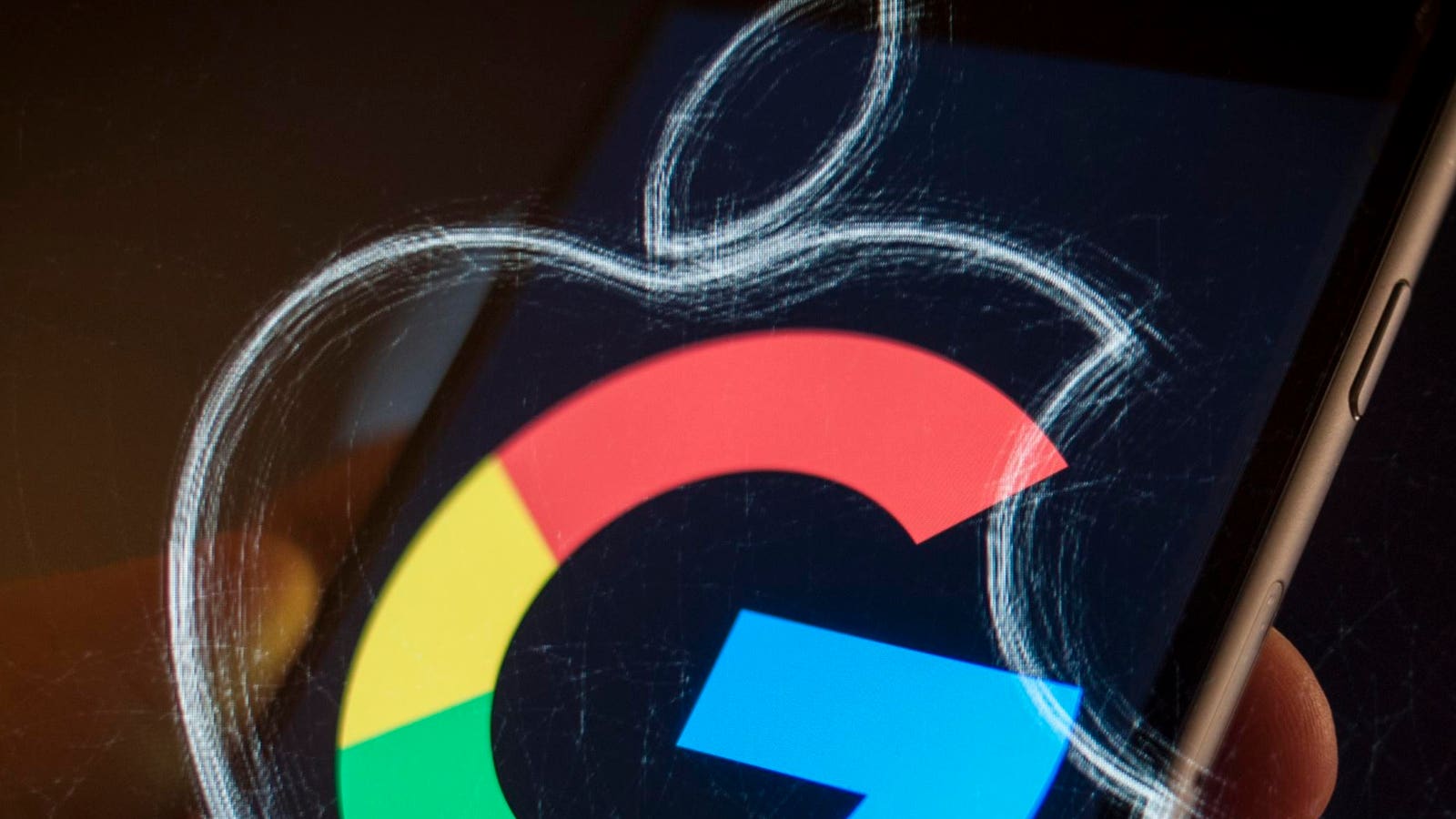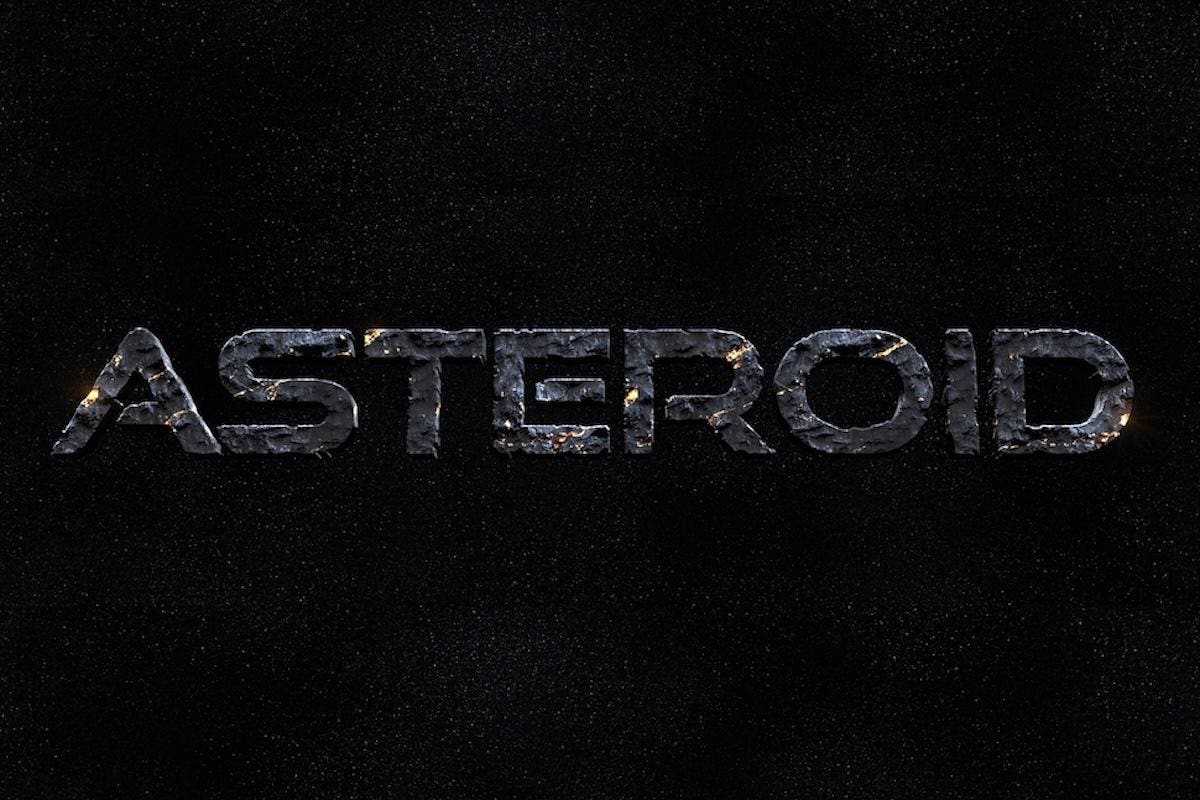Konami Producer for Gradius Origins, Ryosaku Ueno
Konami
Gradius Origins released this week and it’s pretty fantastic, but you can read my full review to see my more in-depth thoughts. Whether you’re a longtime series fan or a casual shoot ‘em up player, it’s a collection packed full of excellent pew pew and bullet dodging. Hard to complain about that.
In order to learn more about the collection’s inception, development with studio M2, and long-lasting legacy, I got the chance to send Konami producer Ryosaku Ueno a few questions over email. I decided to round up most of the responses into a single post to cover everything you need to know about Gradius Origins.
Gradius Origins—What Is This Collection?
Gradius Origins is a large collection of over one dozen different variations of several early arcade titles (no home console versions) from the Gradius series and its spin-offs like Life Force and Salamander. In total, there are seven different games includes: Gradius, Gradius II, Gradius III, Salamander, Life Force, Salamander 2, and Salamander III.
“Since around 2020, we had been considering creating a collection title for GRADIUS alongside existing collections such as Castlevania Anniversary Collection and Contra Anniversary Collection, rather than in Arcade Classics Anniversary Collection,” Konami producer Ryosaku Ueno said in an email. “The idea of creating a GRADIUS collection had been something that several staff members, including myself, had been planning for a long time, and with this year marking the 40th anniversary, we were finally able to realize it.”
Play Puzzles & Games on Forbes
All of the games included are the arcade versions of the games and most are from the mid-late 80s. However, Salamander III is a brand-new game specifically developed and released exclusively for this collection.
“We decided to create a collection that we ourselves wanted to play,” said Ueno. “The GRADIUS series has many titles, so it was impossible to include everything in one collection. Thus, we decided to make a selection. We chose to include the original arcade titles that served as the foundation of the series”
Gradius Origins Game Selection
Konami
Gradius Origins—What’s Missing?
Since Gradius has been around for 40 years at this point, there are naturally plenty of games missing from this collection. As Ueno said, it’s focused on the arcade origins, it’s not intended to be an exhaustive collection of the entire series.
“We considered including GRADIUS IV and the 3D title Solar Assault, but unfortunately had to exclude them due to scheduling and cost constraints,” said Ueno. “We did begin work on porting GRADIUS IV, but the GRADIUS IV hardware uses Power PC and Voodoo graphics cards, and to perfectly recreate the original gameplay experience—including performance issues—we would have needed to faithfully reproduce the original hardware.”
A few standouts that I’d like to personally see included in future collections, if they do more of them, would be Gradius Gaiden, Gradius IV, (both of which were on the PSP collection), Gradius V, and perhaps the lesser-known GBA-exclusive Gradius Galaxies.
“Given the limited resources and time available, achieving this while ensuring a satisfying experience on the Nintendo Switch (which is likely to be the platform with the largest user base for this title) was simply too challenging,” said Ueno.
Gradius Origins—Why Should You Care?
As someone who is a huge proponent of appreciating and understand the history of video games and having foundational knowledge in their evolution of the decades, I would consider, at the very lease, the original Gradius to be a must-play game for anyone. Beyond the fact that it’s timeless and still extremely fun to this day, it’s just a massively important and influential game.
In our email correspondence, I asked Ueno what the core identity of Gradius was as a franchise and he listed five specific pillars: “The innovative system allowing players to choose their own power-ups, using three buttons to play, the advanced graphics at the time, each stage featured different background music and stage concepts which are nearly unprecedented at the time, and the excellent soundtrack.”
All of those elements are perfectly preserved here in Gradius Origins and they even went a step further by including developmental drawings and sketches from back in the day. Seeing the handwritten plans for stages and enemy concepts for a franchise this legendary is pretty wild.
“It is certain that this game had a significant influence on later 2D shooters,” said Ueno. “While it may be arrogant to say that, ‘Without GRADIUS…’ there would be nothing, [but] there are numerous works that have inherited the spirit of the GRADIUS series, and they continue to be created even today. This is truly a wonderful thing. It’s like the origins of classical music.”
Gradius Origins—Difficulty and Quality of Life Features
“Our primary goal is to faithfully reproduce the original arcade board,” said Ueno. “We have not performed any HD conversion or remastering, such as improving the resolution. This is also M2’s stance. We strive to faithfully reproduce the boards that were in operation at the time, and based on that, we add support features unique to the current era.”
There is a really delicate balance to strike with these older arcade games. You want the purist that grew up popping quarters into cabinets to be happy since that’s the core demographic, but you also want casual fans to be able to have fun without spending dozens of hours memorizing spawn patterns. I think they had the right approach here.
“For this release, we focused on providing generous support features that would be enjoyable for casual players from that era as well as those who are experiencing the game for the first time. As with other Shot Trigger titles from M2, it was a common understanding that we would include something like Easy Mode…We also talked about age, declining reflexes, and vision issues, haha. In the end of [the] discussion, we agreed that, ‘It’s about time GRADIUS, especially GRADIUS III, became more player-friendly.’”
With so many options available, it’s possible for players of all skill and experiences levels to have a good time. Personally, I’m not an expert at this genre by any means, but I do enjoy the unique thrill they offer—particularly when I don’t have to worry about running out of lives.
“There are various features such as Quicksave & Quickload, Rewind, and Invincible Mode, but the standout feature is undoubtedly the Invincible Mode,” said Ueno. “In this mode, you cannot make mistakes even if you collide with enemy bullets or terrain, but the number of mistakes you make is still counted. This mode shakes the very foundation of shooting games, but it’s surprisingly fun and could serve as a great steppingstone for newcomers to the series to learn the game’s appeal. Even seasoned players who have played the series extensively will find it enjoyable and experience something fresh. Another feature that M2 has particularly focused on this time is the Training Mode. This allows players to set parameters such as respawn points, number of laps, and power-up states in advance, and then repeatedly practice specific sections within each stage.”
Gradius Origins Screenshot
Konami
Gradius Origins—Salamander 3
“When creating this collection of original titles, we reluctantly had to exclude GRADIUS IV due to production schedule, porting difficulty, and cost considerations. However, we discussed with M2’s Mr. Hori and decided to create a new title, SALAMANDER III, as an additional unique point. Both M2 and I simply wanted to create a new entry in the series, rather than focusing on making a sequel. The reason a new game was added for SALAMANDER, rather than GRADIUS, is because we wanted to minimize scheduling issues, especially as the time needed for tuning the restart points within GRADIUS would have proven too difficult compared to SALAMANDER which respawns instantly. Additionally, the SALAMANDER series aligns better with our current ideal conditions of a playthrough time of approximately 15–20 minutes and six stages.”
Honestly, they did such a great job of making it looks, feel, and play just like an authentic entry from the 90s that I don’t think a casual fan would have any idea this is a new game for this collection unless they read the main menu closely or were previously aware already. To be honest, Salamander III could very well be my personal favorite game in this whole collection if you set aside the nostalgia I’ve got for the original Gradius.
“The concept for SALAMANDER III is: “What if M2 had made a sequel to SALAMANDER 2 in the late 1990s?”. Therefore, the system, the graphics, and the music are designed to evoke the atmosphere of that era. The highlights include a sense of familiarity and comfort for those who played the original, and for experienced players, a feeling of “This is it!” The scenes fans wanted to see appear one after another, and there are also predictable yet satisfying developments and moments that will make you laugh. Various elements from SALAMANDER and SALAMANDER 2 are scattered throughout the game. Like GRADIUS ReBirth, the more knowledgeable you are in the series, the more you’ll find little details that make you smile.”
Gradius Origins is out now for PlayStation, Xbox, Switch, and PC. You can check out my full review for more details on what I thought, but suffice it to say I think it’s fantastic!









